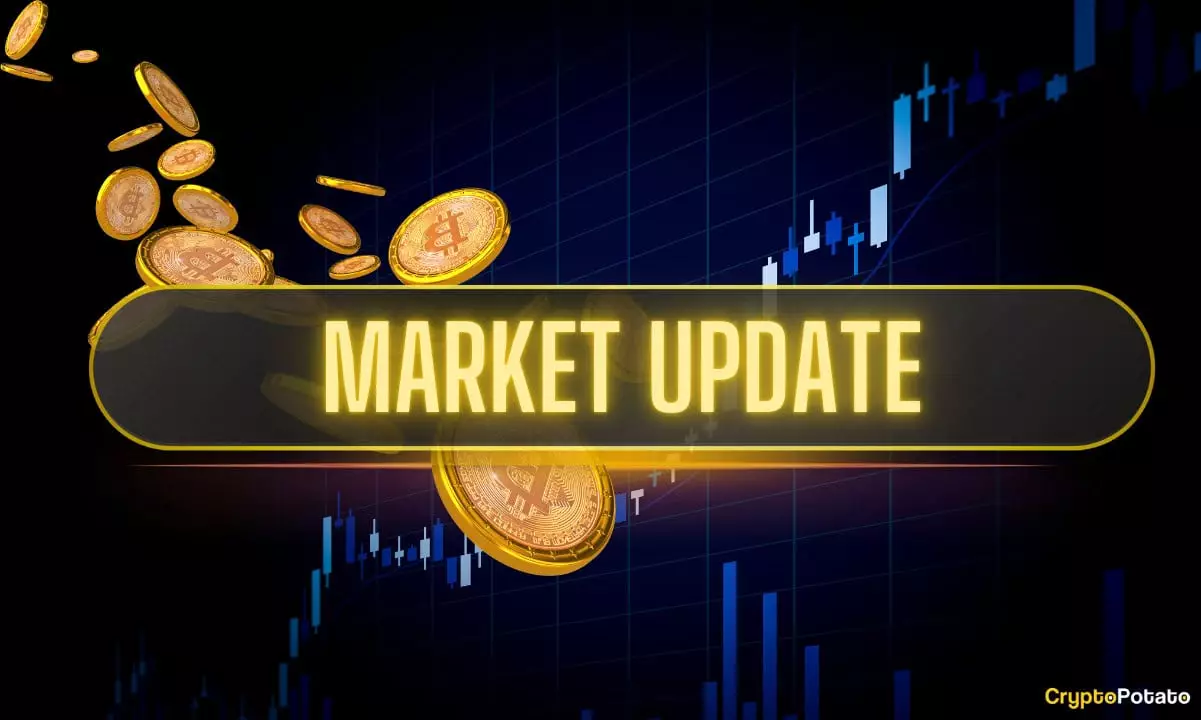In a landscape riddled with volatility and unpredictable political developments, Bitcoin continues to demonstrate remarkable resilience. Despite the passage of a colossal $5 trillion fiscal bill by the U.S. Congress—an act that many analysts link to inflationary pressures and mounting national debt—Bitcoin has shown itself to be a formidable store of value. Its recent performance, closing near $109,000 and ending the second quarter with nearly 30% gains, underscores its status not merely as a speculative asset but as a growing safe haven. The narrative that emerges is one of an asset immune to short-term political noise, gradually establishing itself as a core component of global financial systems.
This defiance of conventional market sentiment signals a shift in investor perspective. While short-term dips—such as the brief decline to $105K following legislative approval—may spook the uninitiated, seasoned investors recognize these as transient blips. The core strength lies in Bitcoin’s capacity to rebound swiftly, reinforced by macroeconomic factors that favor its long-term trajectory. If history is any guide, stimulus measures reminiscent of the 2020 COVID relief efforts catalyzed substantial crypto rallies, hinting at another potential surge resulting from this latest fiscal expansion.
Decoding the Political and Economic Impact on Crypto Markets
The political arena is increasingly intertwined with cryptocurrency dynamics. The recent approval of Trump’s “One Big Beautiful Bill” reflects a broader ideological challenge: the tension between fiscal stimulus and responsible governance. While critics, such as Tesla’s Elon Musk, decry the bill’s cuts to green energy and other programs, the market’s reaction to the inflationary and debt implications suggests that Bitcoin may benefit from a long-term perception as a hedge against government excess.
The debate isn’t solely about macroeconomic fallout. It is also about trust and confidence in traditional fiscal management. Bitcoin’s emergence as a ‘digital gold’ appears to be gaining accentuated relevance as the U.S. escalates its debt and inflates its currency. Investors are increasingly viewing Bitcoin as a safeguard against the recklessness of centralized policies, a natural counterpoint to the growing concerns over unsustainable fiscal policies. Its performance during this turbulent legislative phase highlights a fundamental shift: Bitcoin is no longer just a speculative asset but a strategic asset in a center-right paradigm favoring cautious libertarian principles—minimizing government interference while embracing free markets.
The Cultural Battle: Musk’s Criticism Versus Bitcoin’s Mainstream Adoption
What makes the current landscape even more volatile is the very culture that surrounds Bitcoin and broader cryptocurrencies. Elon Musk’s outspoken criticism of the bill’s green energy cuts and his threat to form a third political party reflect a broader ideological rift. Musk’s influence on crypto markets is substantial, and his rhetorical clashes with political figures reveal the ongoing battle between innovation and regulation, freedom and control.
Nevertheless, Bitcoin’s intrinsic value derives from its decentralized nature—an antithesis to Musk’s frustration with government intervention—and its growing adoption by institutional and retail investors. While the dust-up between Musk and Trump signifies ideological discord, it also underscores the importance of crypto’s nonpartisan appeal. The fight for a federal Bitcoin reserve, and the opposition to cryptocurrency taxes, reflect a broader desire among libertarians and fiscal conservatives to preserve digital assets’ freedom from government overreach. This cultural resistance, combined with technological robustness, fuels the narrative that Bitcoin’s ascent is inevitable.
Looking Ahead: Why Bitcoin’s Bull Run Is Still in Its Early Stages
Despite the regulatory hurdles and political turbulence, the outlook for Bitcoin remains optimistic—if not dawned with cautious optimism. Several factors lend credence to a much higher bull run in the coming years rather than mere months. Institutional acceptance is accelerating; flagship funds like BlackRock’s Bitcoin ETF are surpassing expectations by generating more revenue than some of the world’s largest equities funds. This signals serious institutional interest and confidence, a crucial factor for long-term sustainability.
Furthermore, the ongoing development of a U.S. strategic Bitcoin reserve and potential futures ETFs for altcoins like XRP, ADA, and SOL highlight a maturing ecosystem. These developments, combined with a resurgence of interest in Bitcoin’s scarcity and decentralization, suggest that the current dip—if it occurs—would be only a temporary correction in an otherwise relentless upward trajectory. The crypto market’s history of volatility is well documented, but the underlying fundamentals are stronger than ever, and the current political climate may even serve as a catalyst for further adoption.
If we look beyond the immediate, Bitcoin is poised to redefine the global monetary hierarchy. Its fixed supply, security model, and increasing institutional backing position it as a true alternative to traditional fiat currencies—especially in a world increasingly burdened by debt and inflation. This isn’t just a short-term rally; it’s a paradigm shift. In this context, Bitcoin’s recent performance is less an anomaly and more an indicator of its inevitable dominance, asserting itself as the financial backbone of a new, more resilient economic order.


Leave a Reply